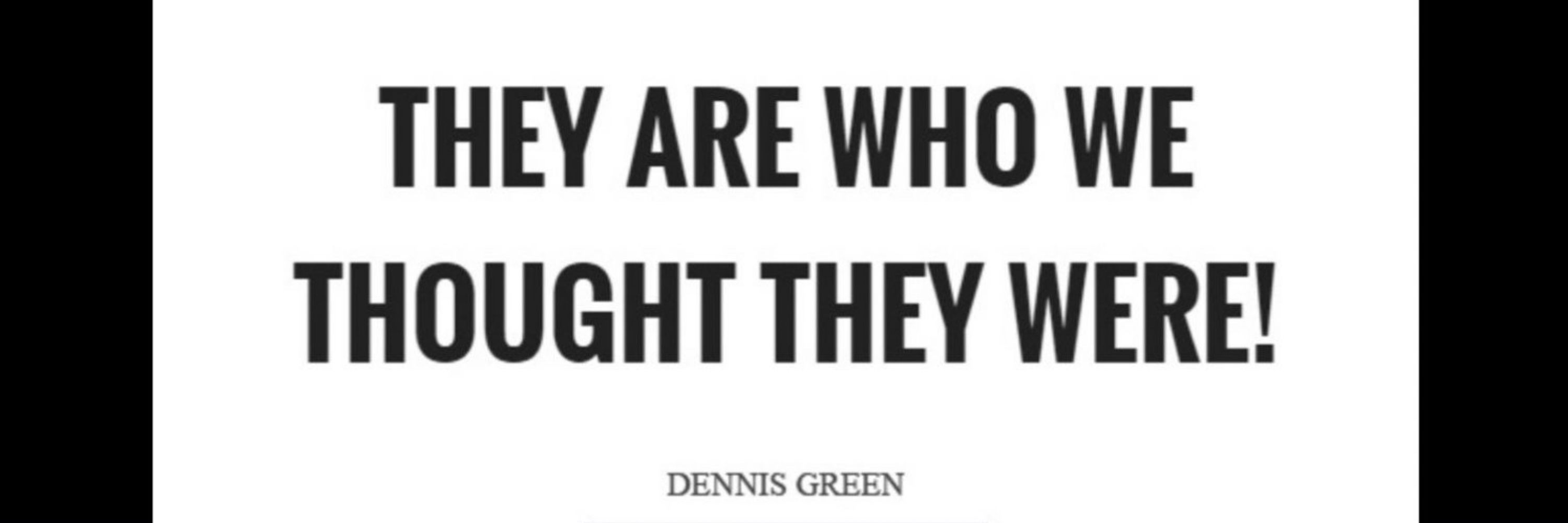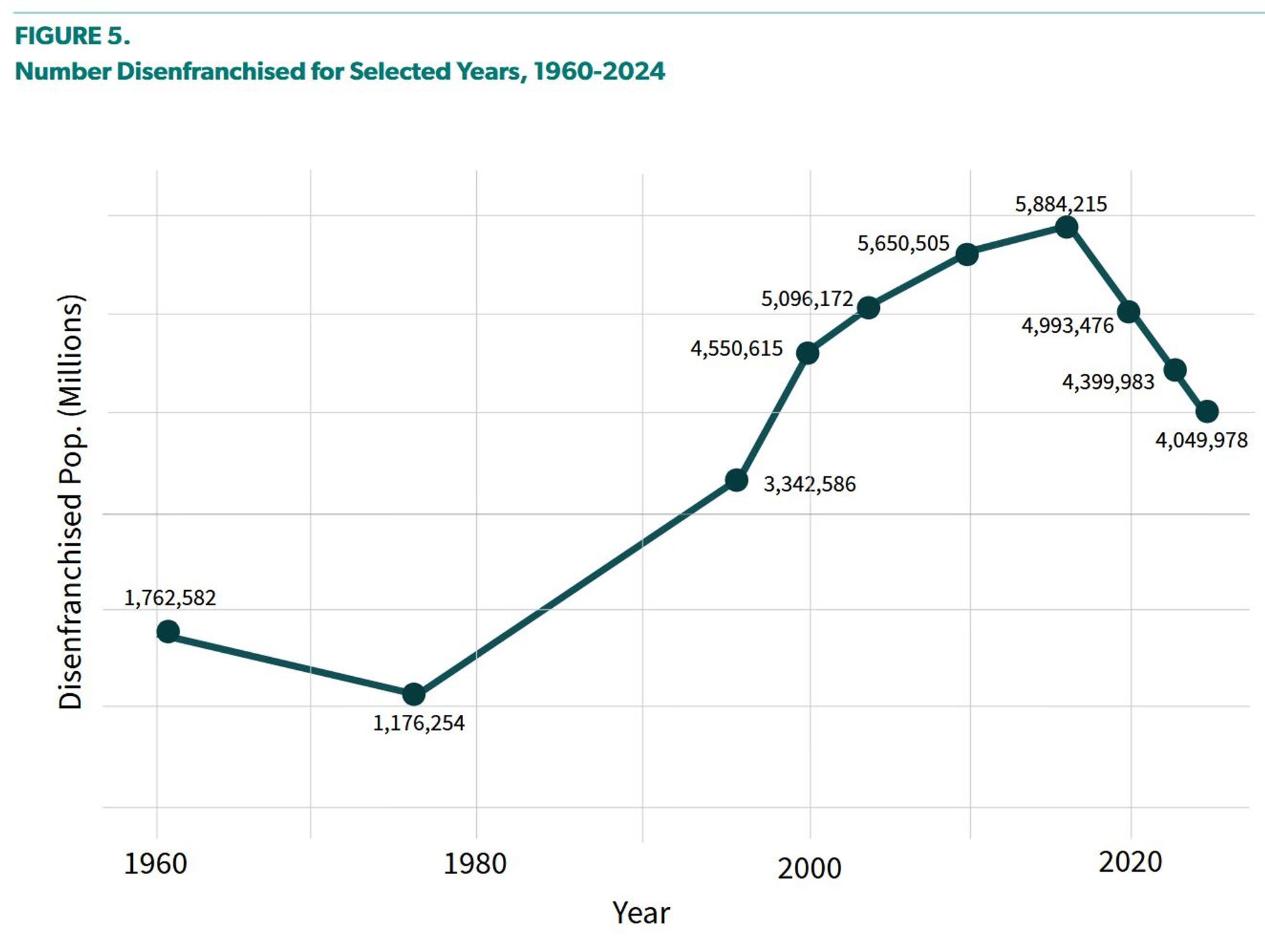
RS
Robert Stewart
@robertstewart.io
Minnesotan in Maryland via Owatonna, St Paul, & UMN
Asst Prof at UMD Criminology (criminal records, collateral consequences, civic engagement, public policy, data)
"Funny here and there," according to one student
robertstewart.io
189 followers638 following226 posts
But first, I'm grateful to have been able to contribute to this work alongside the incomparable team of @chrisuggen.bsky.social@sarahksshannon.bsky.social (UGA), and Molly Hauf (Hamline) with support from Olivia Nesgoda (Hamline) and Caleigh Lueder (UMN).
States have moved toward more narrow disenfranchising restrictions over the last ten years, resulting in a significant decrease in the disenfranchised population over time. As in previous years, a plurality of the disenfranchised population are post-sentence.




RS
Robert Stewart
@robertstewart.io
Minnesotan in Maryland via Owatonna, St Paul, & UMN
Asst Prof at UMD Criminology (criminal records, collateral consequences, civic engagement, public policy, data)
"Funny here and there," according to one student
robertstewart.io
189 followers638 following226 posts